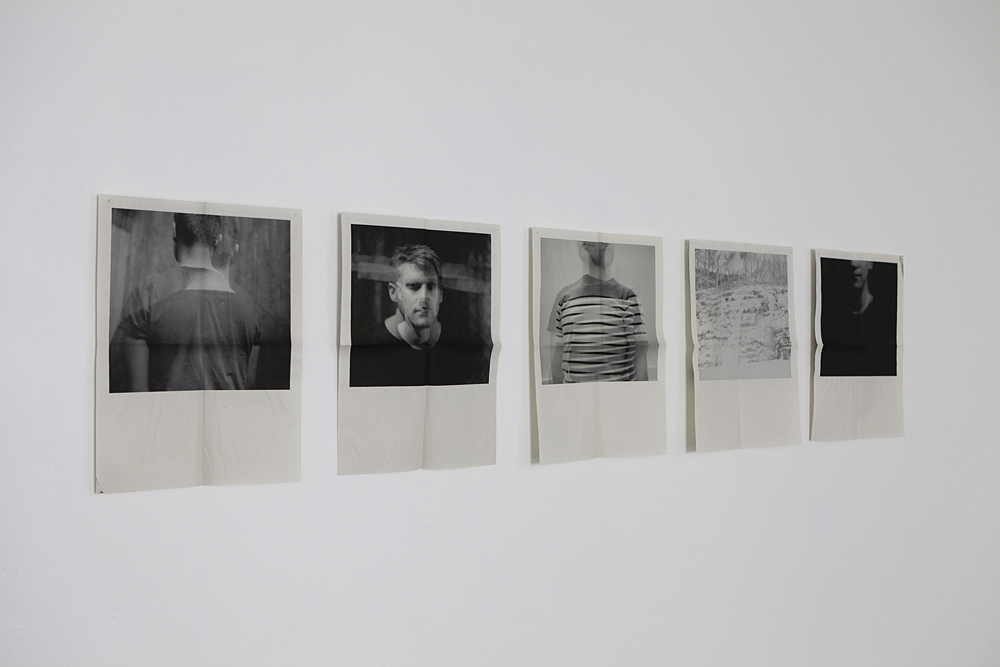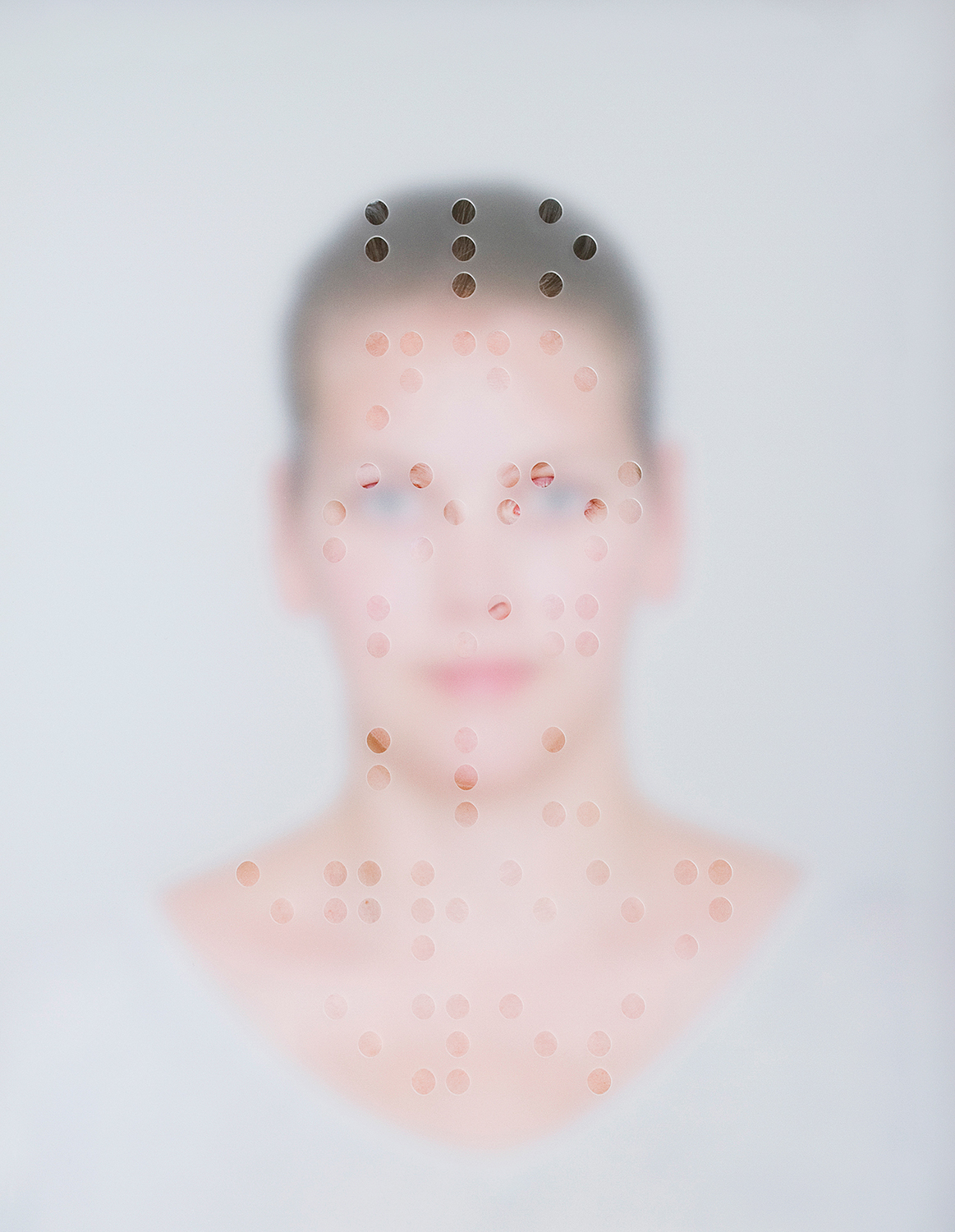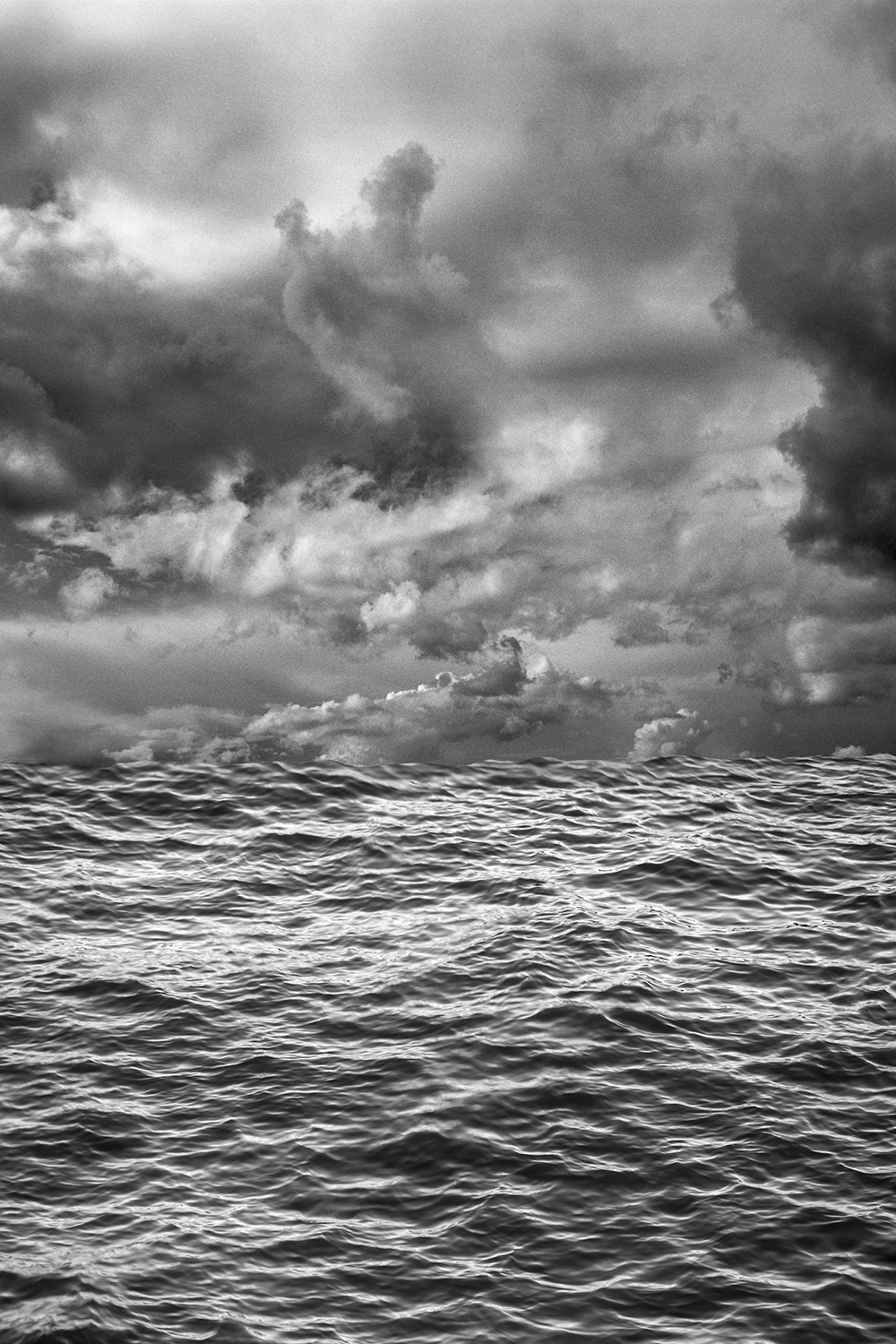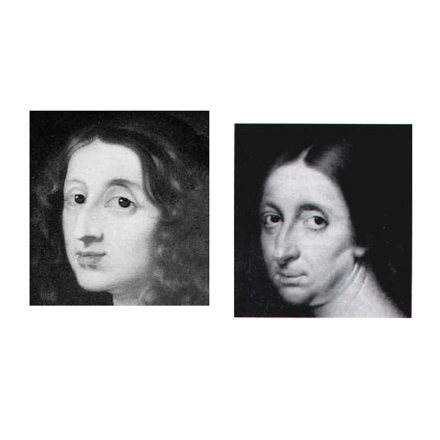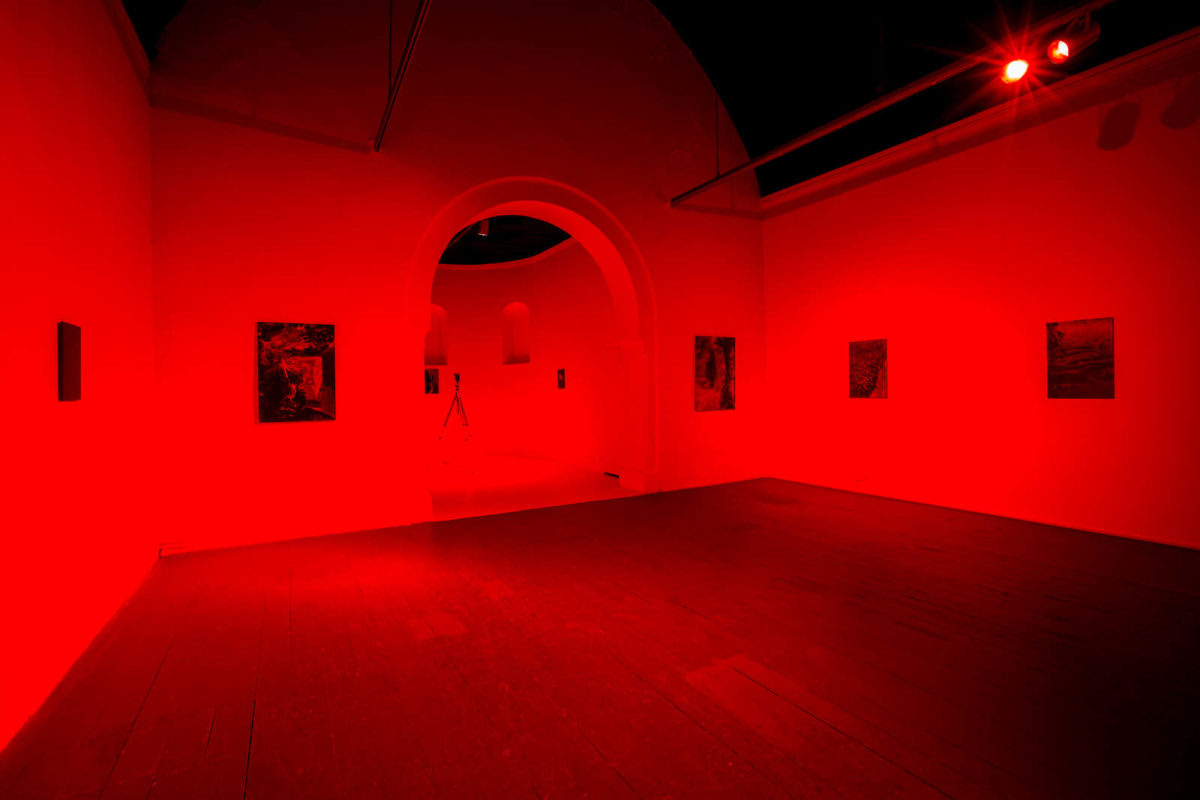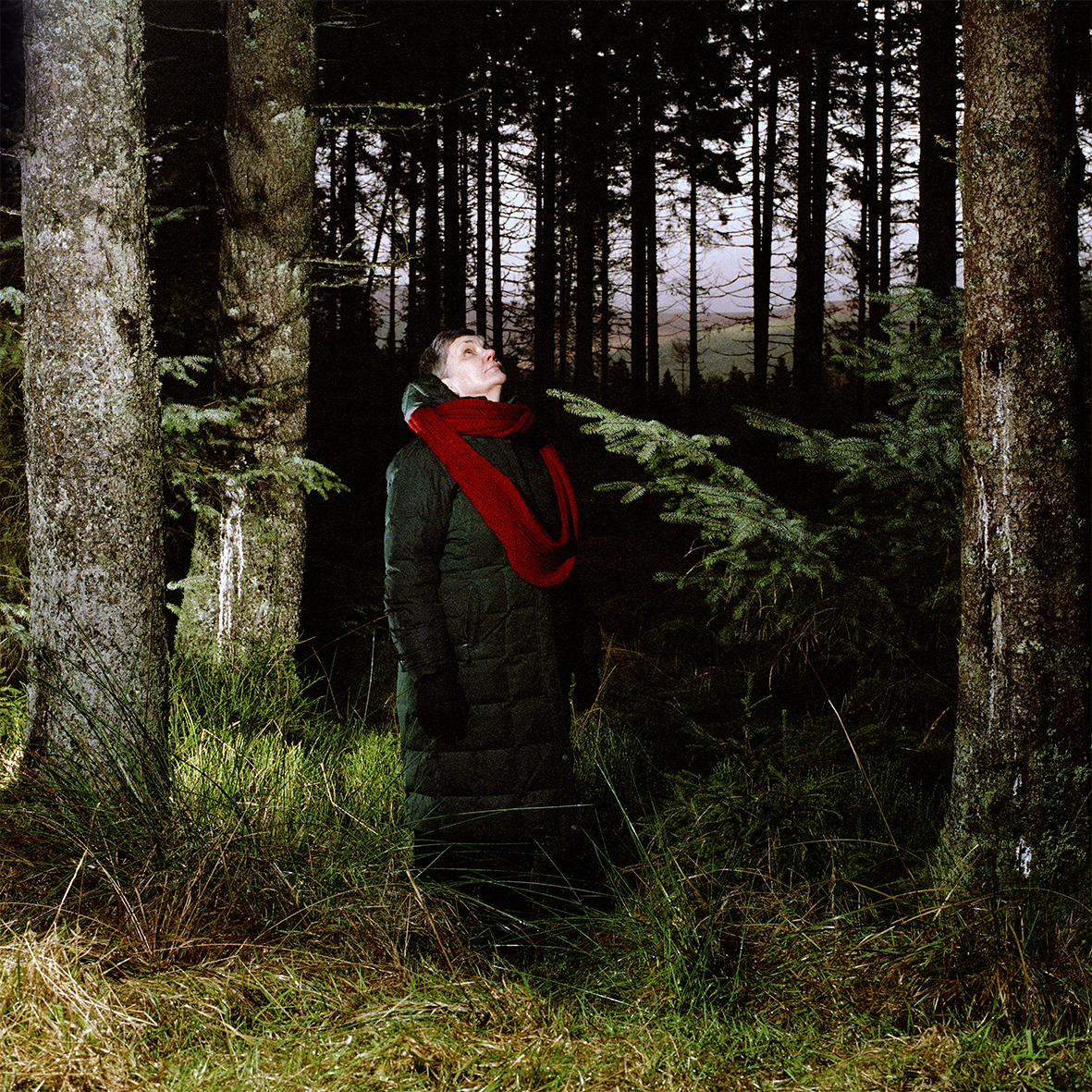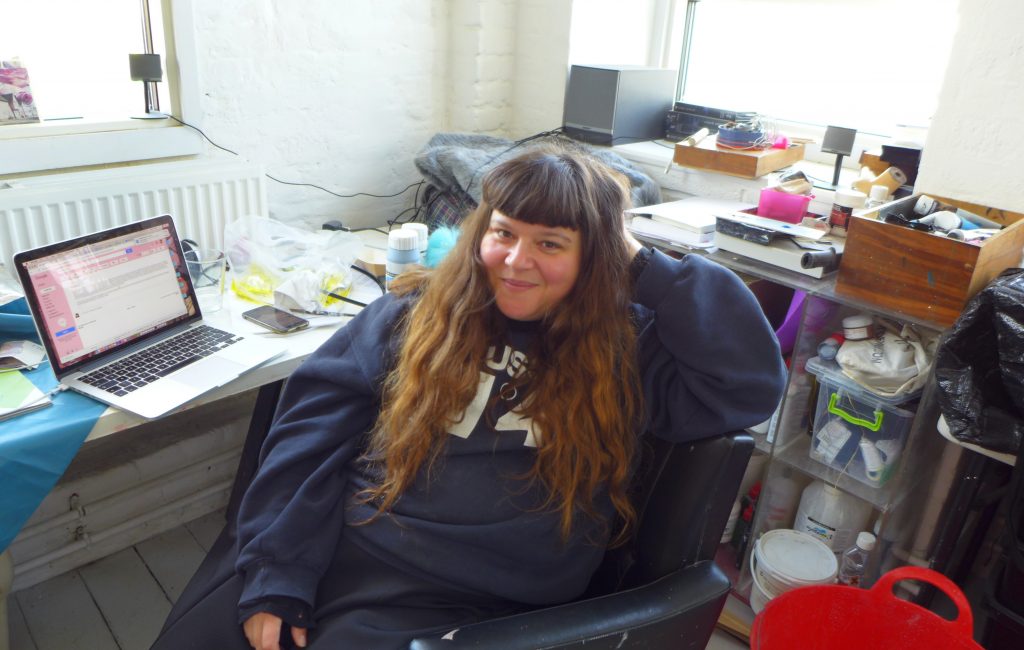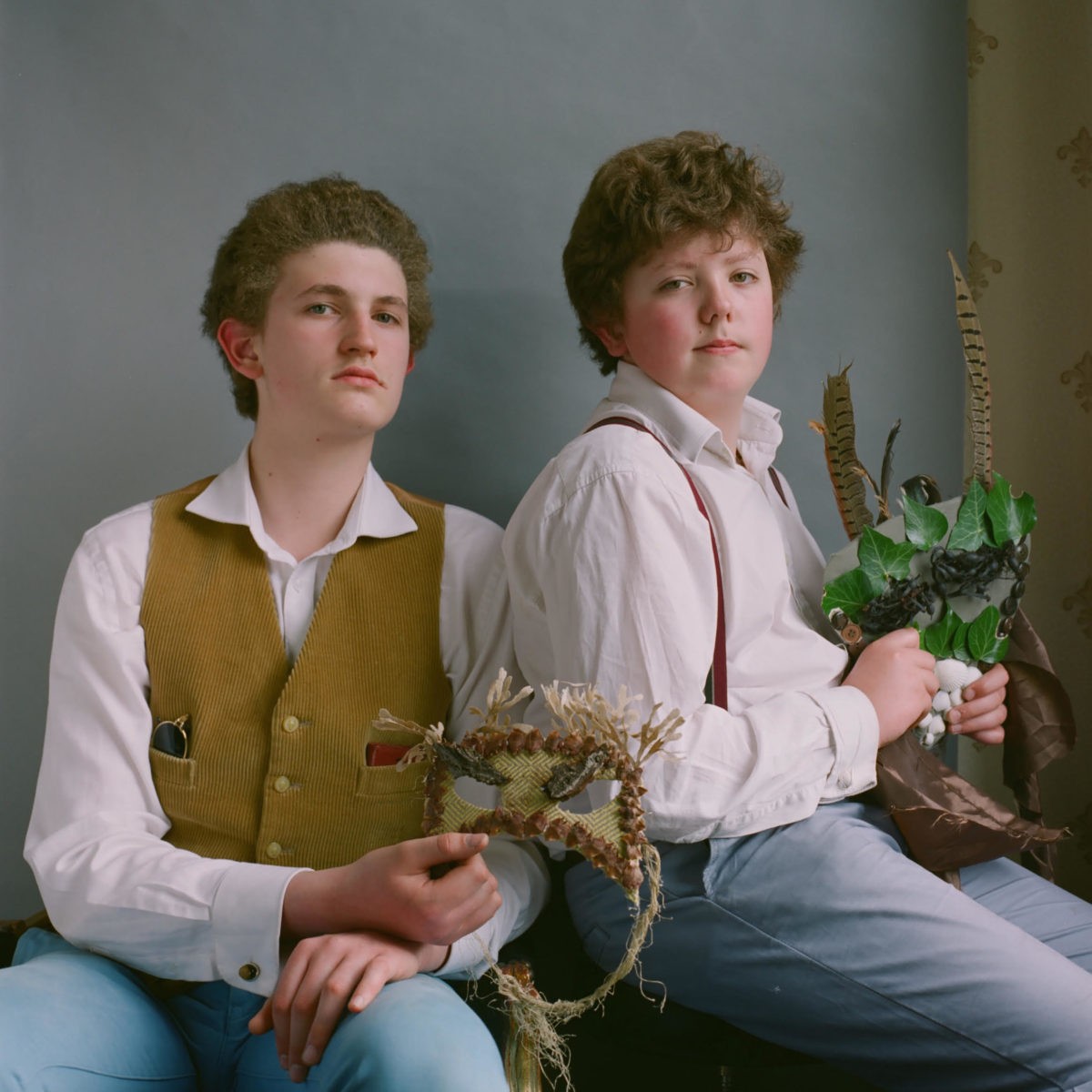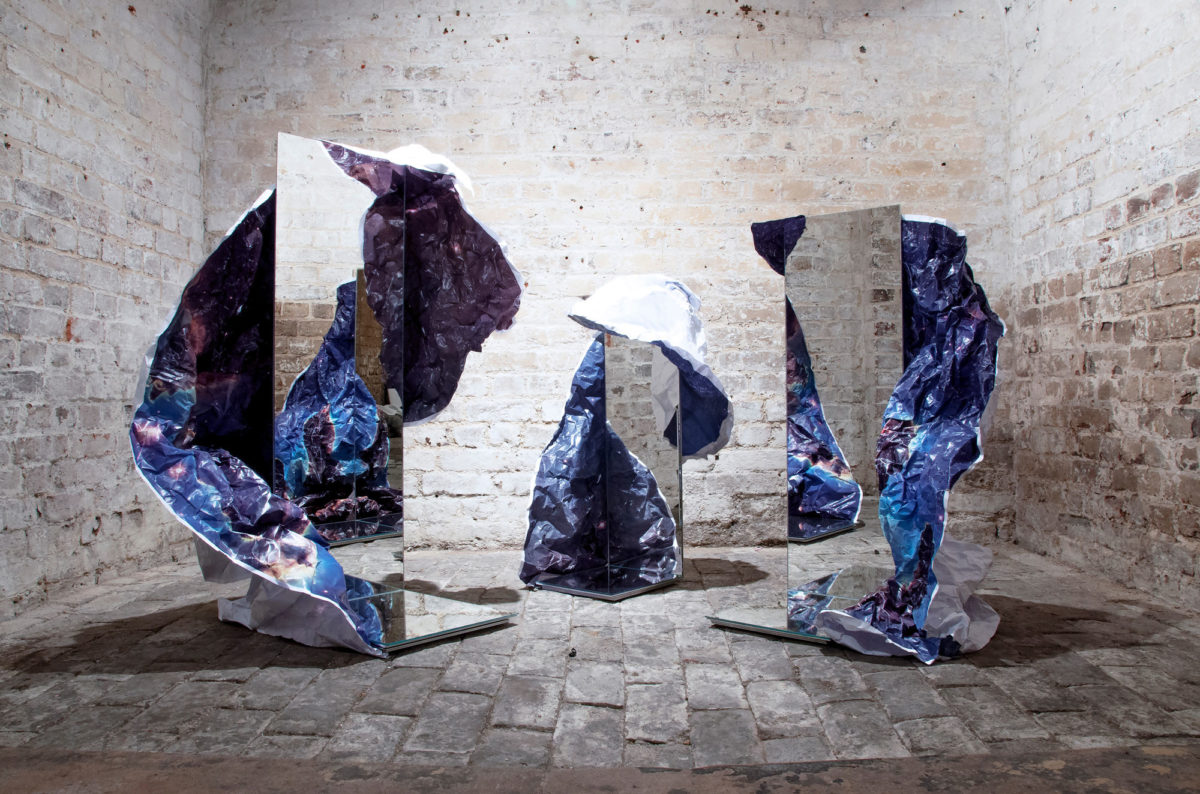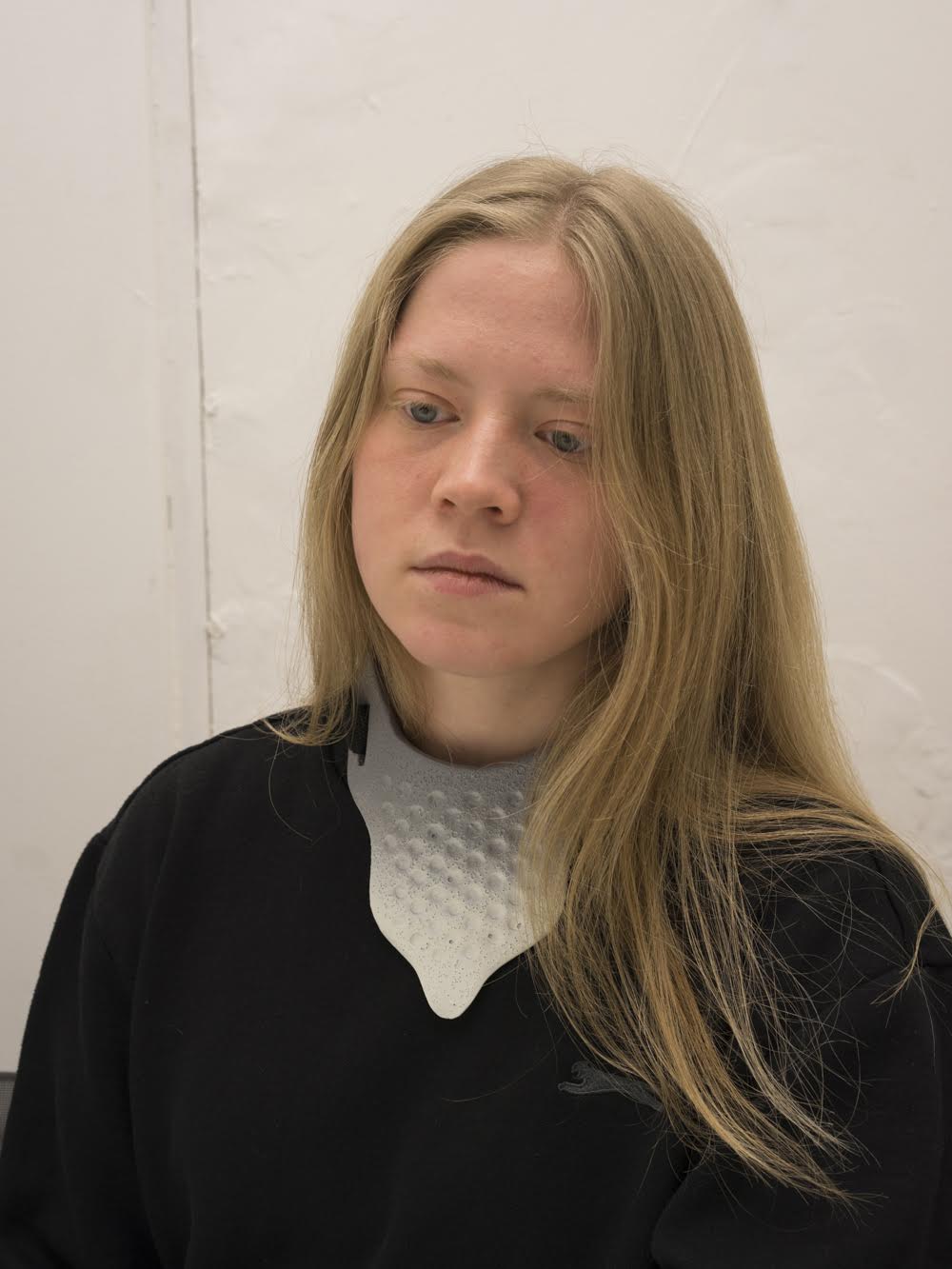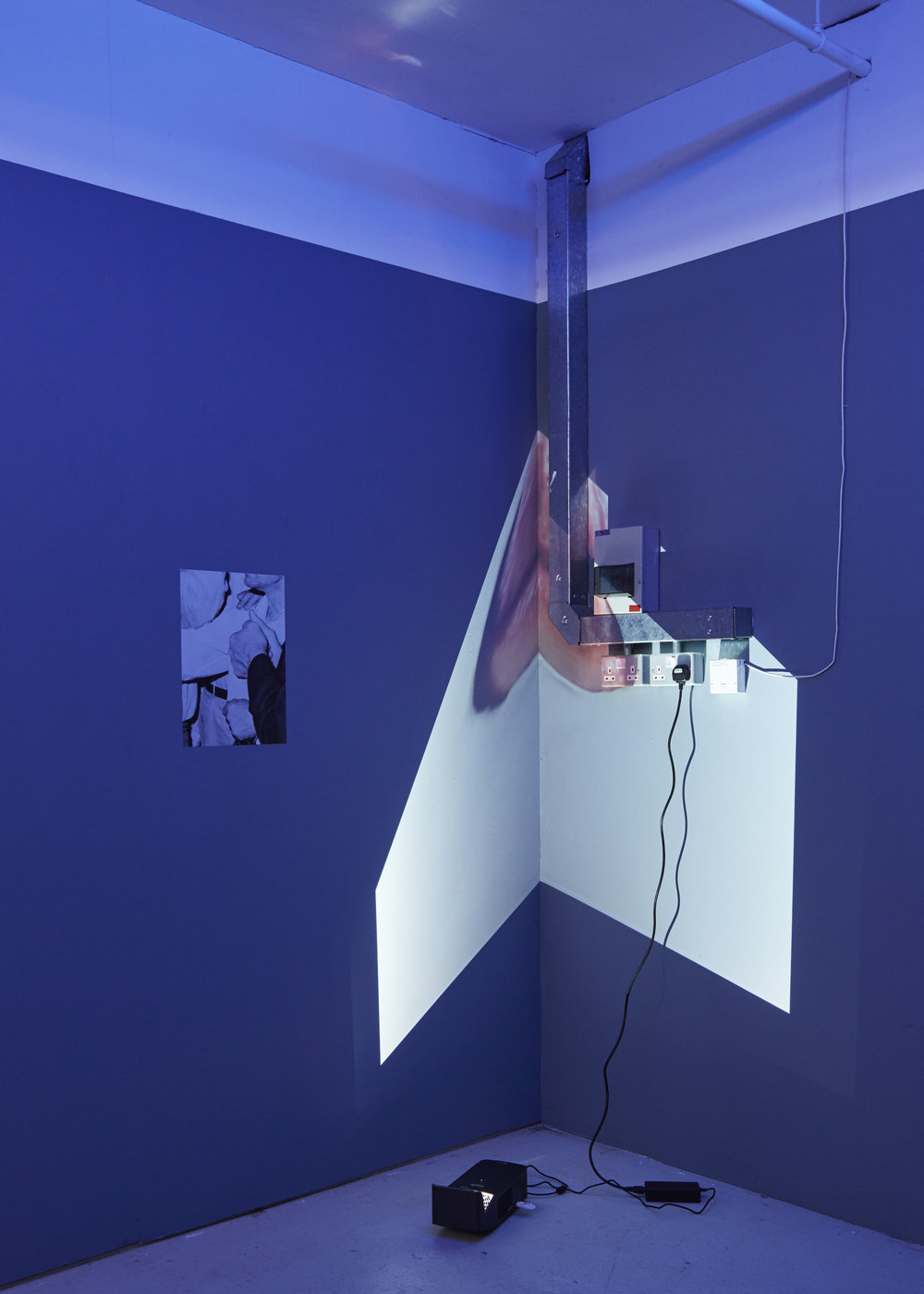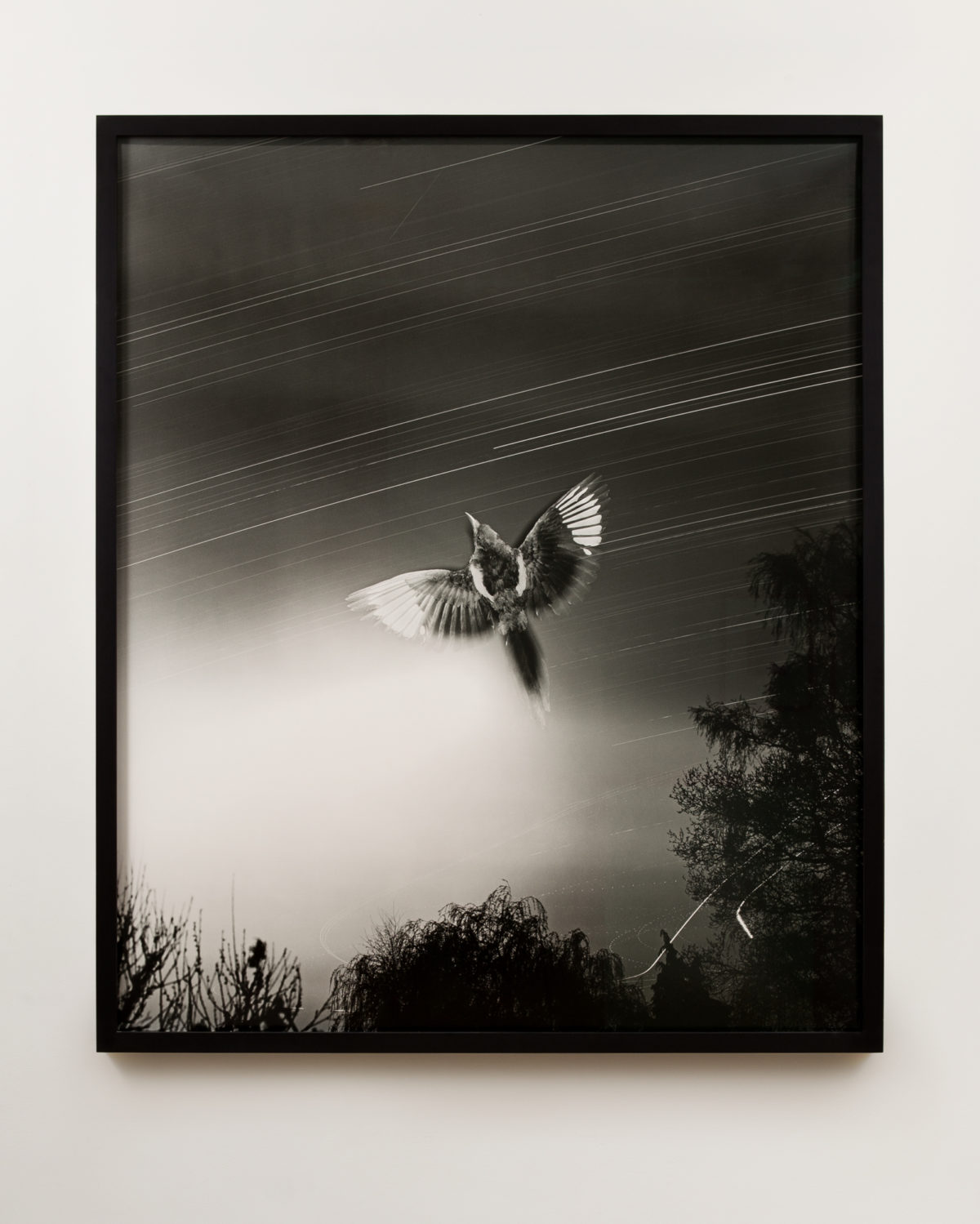As part of our Ideas on Talent series, we spoke to Thom Bridge about the creation of his monthly peer forum, Fields/s and the importance of community for photographers.
Photoworks: You’ve recently started a monthly peer forum called Fields/s, bringing together thirteen artists, photographers and curators. Can you talk to us about how you got started?
Thom Bridge: Seven years ago I made the decision to up-sticks, move to Sweden, learn Swedish full time and then apply to study for a masters in photography at Valand Academy in Gothenburg (formerly the School of Photography, HFF). This was based on a number of reasons, I couldn’t afford to live in London and study, I’m half Swedish and couldn’t then speak Swedish and wanted to, and the previous year, I’d been part of the exhibition New Nordic Photography at the Hasselblad Center and got to know students at HFF as well as knowing I’d have Lotta Antonsson as my professor. I’d seen Lotta’s exhibition Experiments in Black at The Regency Town House, a Permanent Project for Brighton Photo Fringe, in 2010 and was blown away by her nuanced combination of collage, objects and installation, particularly in contrast to the Brighton Photo Biennial, that year curated by Martin Parr.
I really value conversations I have about art, photography and culture with my peers, and actively seek them out. Moving back to London after being away for three years studying and having built up a strong network of peers, it was hard work finding a huge part of my peer group suddenly in another country. I was therefore keen to get back in touch with my peers in the UK, but also to meet new ones.

I knew about Artquest’s Peer Forum Grants in partnership with Camden Arts Centre, Cubit Gallery and The Photographers’ Gallery and saw them as a perfect way to facilitate the building of this network that I was after. Each grant gives the recipient a budget, as well as space at one of the host institutions to set up a peer forum. My proposal was to bring together a mix of photographers, artists and curators who could benefit from meeting each other regularly, to support and nurture old and new conversations. Therefore, The Photographers’ Gallery seemed like an obvious choice.
PW: What process did you go through for deciding the current members and visitors to the group?
It was based on three things, the first was members of my core peer group and this included individuals who I’ve known for a long time, many from when I studied for my BA at Farnham but also one who I met whilst studying in Sweden who had since then moved to London. This group included Andrew Bruce, Maria Kapajeva, Laura Hensser, Kim Jakobsen To, Monica Takvam and Anja Olofgörs.
The second group were either practitioners I’d met briefly through my core peer group or people that I met as co-exhibitors in the past year, people who I got on well with when hanging and installing work together and wanted the opportunity to get to know them and their work better. This included Helen McGhie, Julie Hill and Ryan L. Moule.
The last group represents a number of practitioners whose work I’d been following and who I wanted to know. This included Philipp Dorl and Martin Seeds, Martin’s work I’d been following for six years! Emma Bäcklund I was introduced to via Twitter when Sarah Pickering recommended that Anja and I ought to meet her and discuss flat-pack furniture and poetry—this was just as I was finalising the group so I decided to invite Emma to join the forum to get to know her. Emma and Anja form part of a Scandinavian corner of sorts in the group together with the two Norwegians Monica and Kim, which I really enjoy.



I didn’t choose people based on the themes in their work, more that I enjoyed their work and knew that they were dedicated, hard working and all at similar points in our trajectories—that we could all benefit from meeting each other once a month with the aim being to have useful, open-ended and interesting conversations. All members come from a photography background of some sorts but some have moved away into other mediums or materials or curation. I also didn’t want members to be hindered by their proximity to London and decided to set aside some of the funding to help fund their travel.
The decision to invite a new visitor to each session came out of a desire to both learn from the experience of others and offer the group to other practitioners as a space to share ideas, experience, work in progress etc. It’s an interesting group of individual members and I wanted to encourage intergenerational and cross-disciplinary discussions between us and visitors. It’s not often you have the chance to talk to people and share work outside of education, so wanted to offer the group to individuals who might not get to do this so often and to offer them a platform.
The visitors to the forum represent a number of different practitioners relating to photography, again some that I have known for a while, artists Lotta Antonsson and Sarah Pickering for example. Others I’d met briefly through portfolio reviews or at events, this being Assistant Curator in Photography and International Art at Tate Modern Emma Lewis and Norwegian photographer and writer Nina Strand, editor in chief of Objektiv Journal. The last two guests Artist and Curator Tom Lovelace and Thomas Dukes curator at Open Eye Gallery are two individuals whose work I’ve followed and enjoyed, and thought their knowledge and experience would be good for the group. Again, it was important that visitors were not all based in London or the South, so visitors come from as far afield as Liverpool, Paris and Berlin. It was important to not just invite artists or photographers, but to invite curators and writers too as the group members all have different needs and interests.


PW: Photography can be a lonely industry to work in, with the majority of time spent shooting or editing in studios alone. How has the group dynamic helped the photographers in the making of their work?
TB: I remember being told this often as a student but don’t know if I agree with it in my work. Partly because I’ve often worked with others to develop or realise my work, or assisted other practitioners with theirs. But also because talking, meeting and sharing ideas about work is something I see as integral to my own practice. Whether it’s on-going emails or whatsapp conversations sharing work in progress, research ideas or screenshots with my peers in Sweden or meeting to visit exhibitions or mulling things over a brew, actively talking, sharing and being reciprocal to this is just simply part of my practice. I see the forum as another extension of this.
The forum is a chance to talk, to present, to make use of a group in which you have different levels of knowing. Members have used it to help them formulate new ideas, develop their work and share references. Presentations are rotated with each session consisting of four presentations by group members and one by a visitor with each members being responsible for how they want to use their own time. This means sessions have been extremely varied, some showing work in progress or presenting research ideas, others sharing printing tests, book dummies or the preparations for future exhibitions or even readings and talking about recent exhibition experiences.


Something that I think has had a huge influence on our conversations are the layers of knowing within the group, between familiar and unfamiliar. Not everyone knows everyone, most people knew at least one other member in the group well at the start of our time together and the rest are getting to know each other. In our first session, it became very apparent during introductions that even though our practices can be quite different, our works, interests and research do overlap which has formed the threads for many new conversations, friendships and even the beginnings of collaborations.
To give you an idea of the breadth of the group, subjects range from photographs to installation, sculpture, objects, performance, readings, writing, curation, collage, drawing, print-making and publishing via ideas of the politics of land, animals, the body, spaces and images, memory, labour, Astro-imaging, gender identity, language, performativity, myth-making and temporality.
PW: How important do you think the sense of community is amongst photographers?
TB: Vital, to me at least. It’s about finding people to have meaningful conversations with and those who will push and challenge you, but it goes both ways. It’s about helping each other by sharing experience, research, equipment, ideas, knowledge and contacts. Sharing is caring.

PW: Do you have any plans for expanding on the work made during the sessions?
TB: The format of the forum is deliberately open-ended in the sense that it’s designed so there is no end point to discussions, it promotes on-going development and members can choose how and what they present. This is in response to many models for development within the arts that ask artists to produce or finish something, whereas my aim is to help artists sustain their work and not feel pressured to produce something tangible.
That being said, discussions have circled around developing knowledge and production, whether this is the artists own research and ideas for future work, material, print or installation tests or towards PhD research and exhibition preparations. A few examples of things that have or will soon manifest outside of the forum include Laura Hensser’s new online interview series iheartwomen which has just published its second interview with artist Tai Shani. Emma Bäcklund recently presented research that will inform her residency at Chisenhale Gallery in the summer and Anja Olofgörs’ text Notes on Motion that she first presented at our session in December, was just published in Art Licks Issue 22. There’s also at least two collaborative works planned between Field/s members.


her practice-based PhD © Helen McGhie
PW: What are the future plans for the forum?
Our time with The Photographers’ Galley as our host organisation comes to an end in June, the original award from Artquest in partnership with TPG offers a space for a fixed period of time as well as some funding. Janice McLaren and Joseph Kendra at TPG and Nick Kaplony at Artquest have been enormously supportive with the whole project, I’m certain we’ll be continuing our relationship with them and the forum in its future forms.


Working out the next stage for the forum has been made easier with Gasworks agreeing to host us from the summer. This means we can keep meeting at a space in which none of the members themselves have to host the others, meaning we have a mutual and neutral space to continue our meetings. We’ve just started planning for a joint exhibition in London in November and hope to work towards a publication also.
More information about the forum can be found on Artquest’s website.
